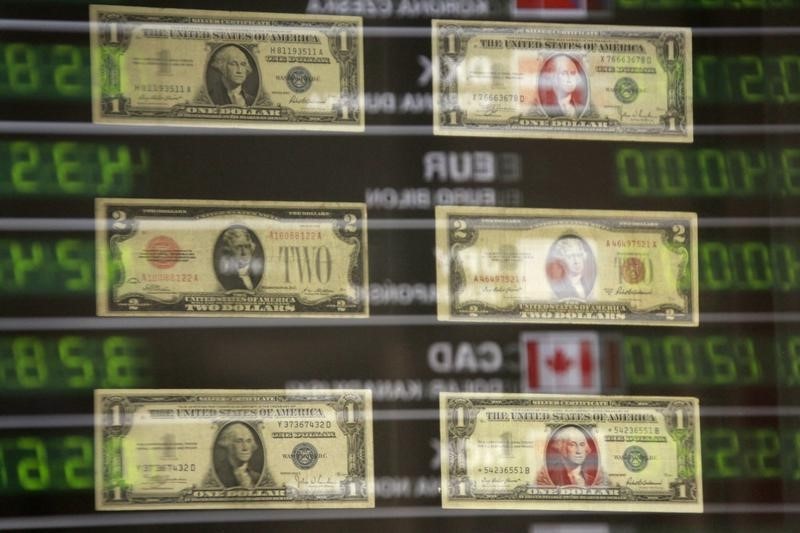* Canadian dollar at C$1.3357, or 74.87 U.S. cents
* Bond prices lower across steeper yield curve
By Fergal Smith
TORONTO, Oct 27 (Reuters) - The Canadian dollar strengthened against its U.S. counterpart on Thursday as oil rose, while a breakthrough on a free-trade agreement with the European Union improved the longer term outlook for the loonie.
Belgium agreed a deal with its regional parliaments on to approve a landmark EU-Canada free trade agreement, breaking a deadlock that has blocked the pact for weeks. doubt it is going to have that much impact (on the Canadian dollar) from a short-term point of view. From a much longer term perspective it's positive in that it should help Canada diversify its export penetration," said Shaun Osborne, chief currency strategist at Scotiabank.
U.S. crude CLc1 prices were up 0.87 percent at $49.61 a barrel as a further drop in U.S. crude inventories countered investor doubts that the Organization of the Petroleum Exporting Countries will be able to implement a production cut. O/R
At 9:26 a.m. EDT (1326 GMT), the Canadian dollar CAD=D4 was trading at C$1.3357 to the greenback, or 74.87 U.S. cents, stronger than Wednesday's close of $1.3382, or 74.73 U.S. cents.
The currency's strongest level of the session was C$1.3353, while its weakest was C$1.3395.
On Monday, it touched its weakest against the greenback in seven months at C$1.3398, after the Bank of Canada acknowledged last week that it had considered cutting interest rates at its policy meeting.
New orders for U.S. manufactured capital goods unexpectedly fell in September amid weak demand for computers and electronic products, which could temper expectations for an acceleration in business spending in the fourth quarter. U.S. business investment has hampered a long-awaited pick-up in growth of Canada's non-energy exports. government bond prices were lower across the yield curve in sympathy with U.S. Treasuries. The two-year CA2YT=RR price fell 4 Canadian cents to yield 0.578 percent and the benchmark 10-year CA10YT=RR declined 48 Canadian cents to yield 1.212 percent.
The curve steepened as the spread between the two-year and 10-year yields widened by 3.2 basis points to its most since June at 63.4 basis points, indicating underperformance for longer-dated bonds.
Losses for core sovereign debt markets came after data showed Britain's economy slowed only slightly in the three months after the Brexit vote.
